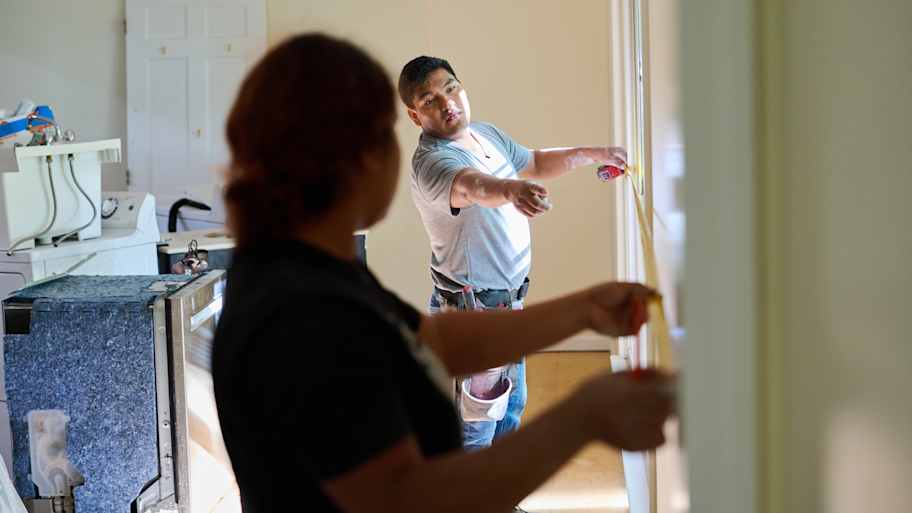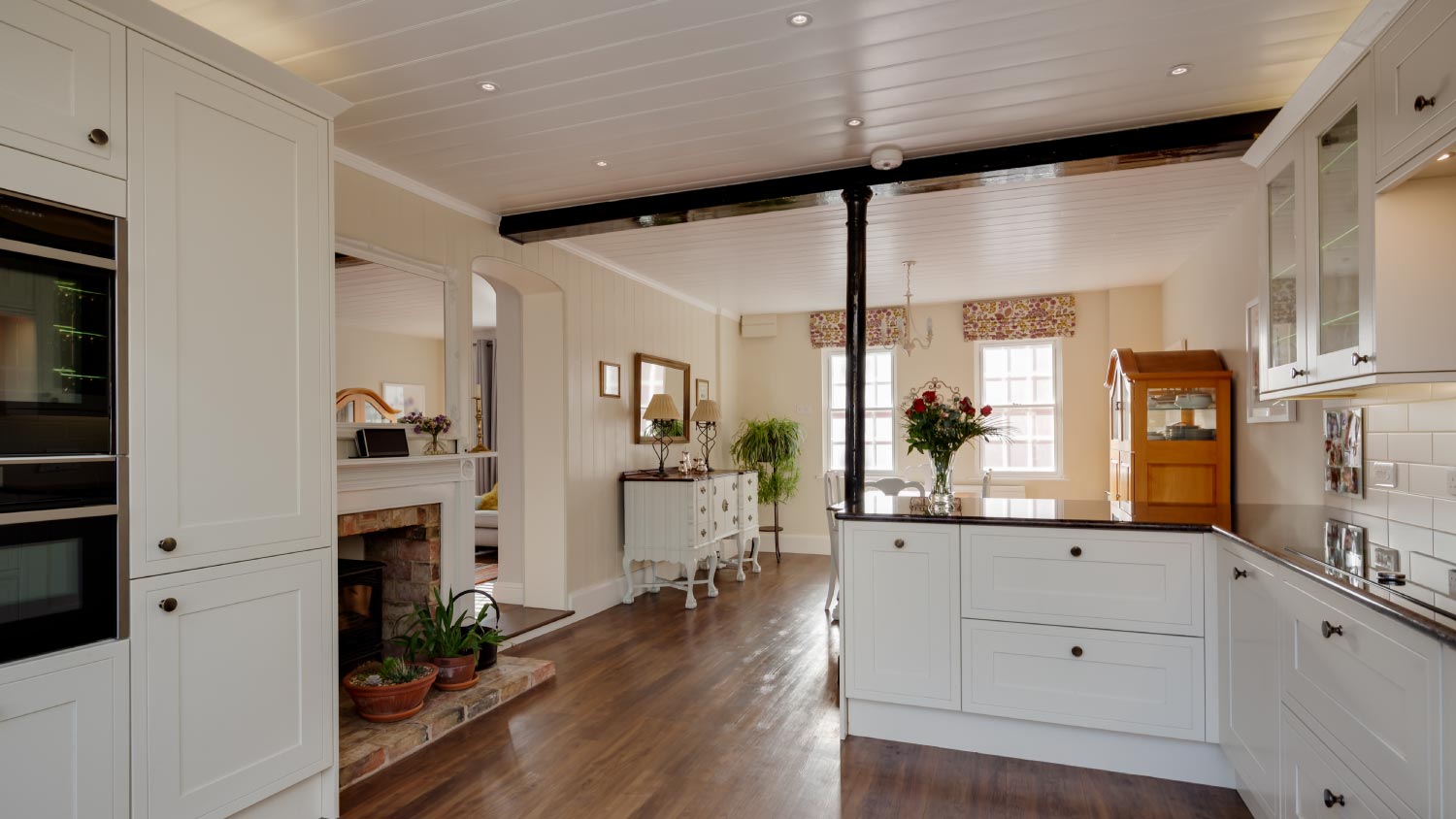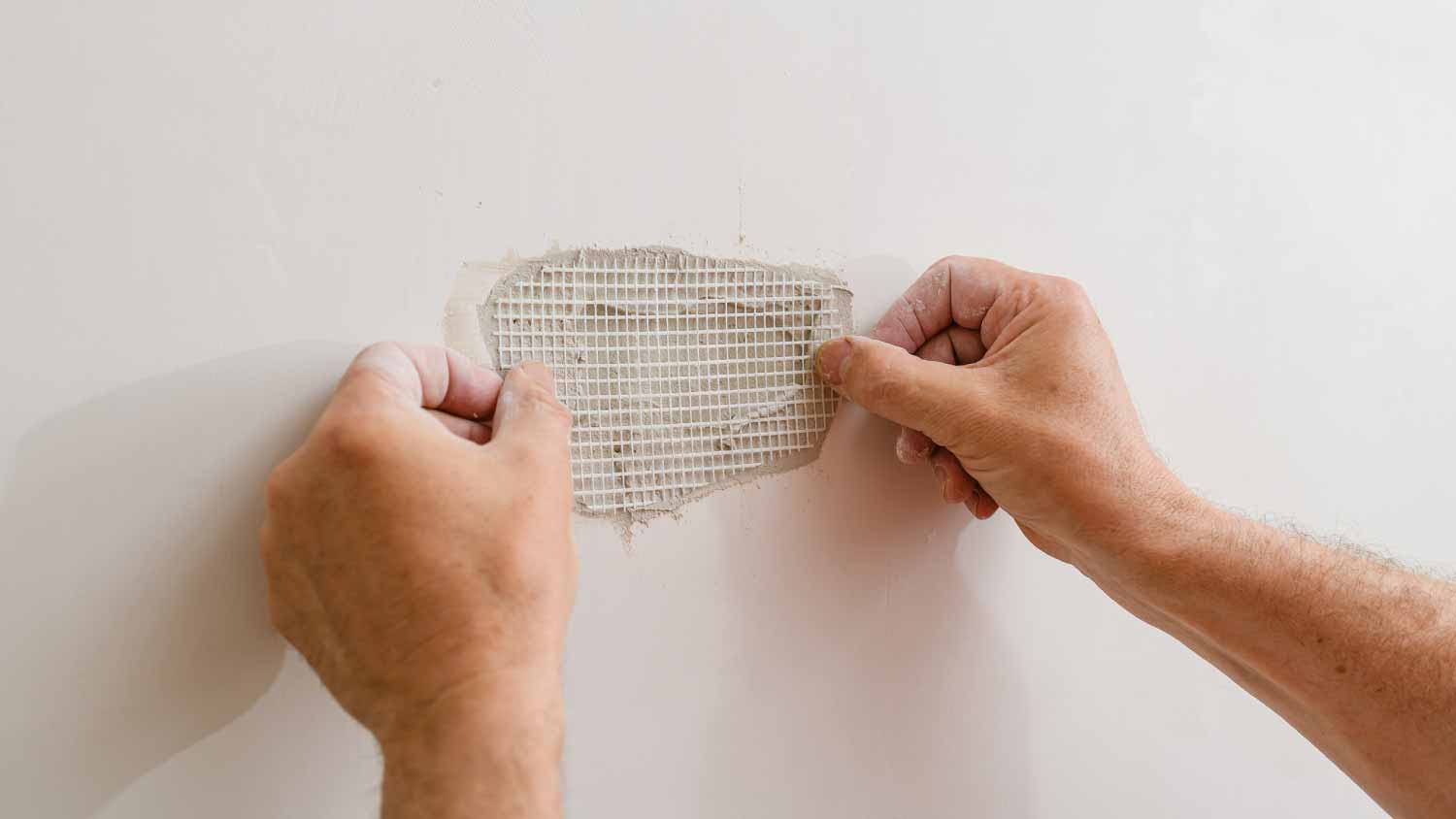Can You Drywall Over Tile? What to Know Before Your Renovation
Don’t cut corners in home improvement projects
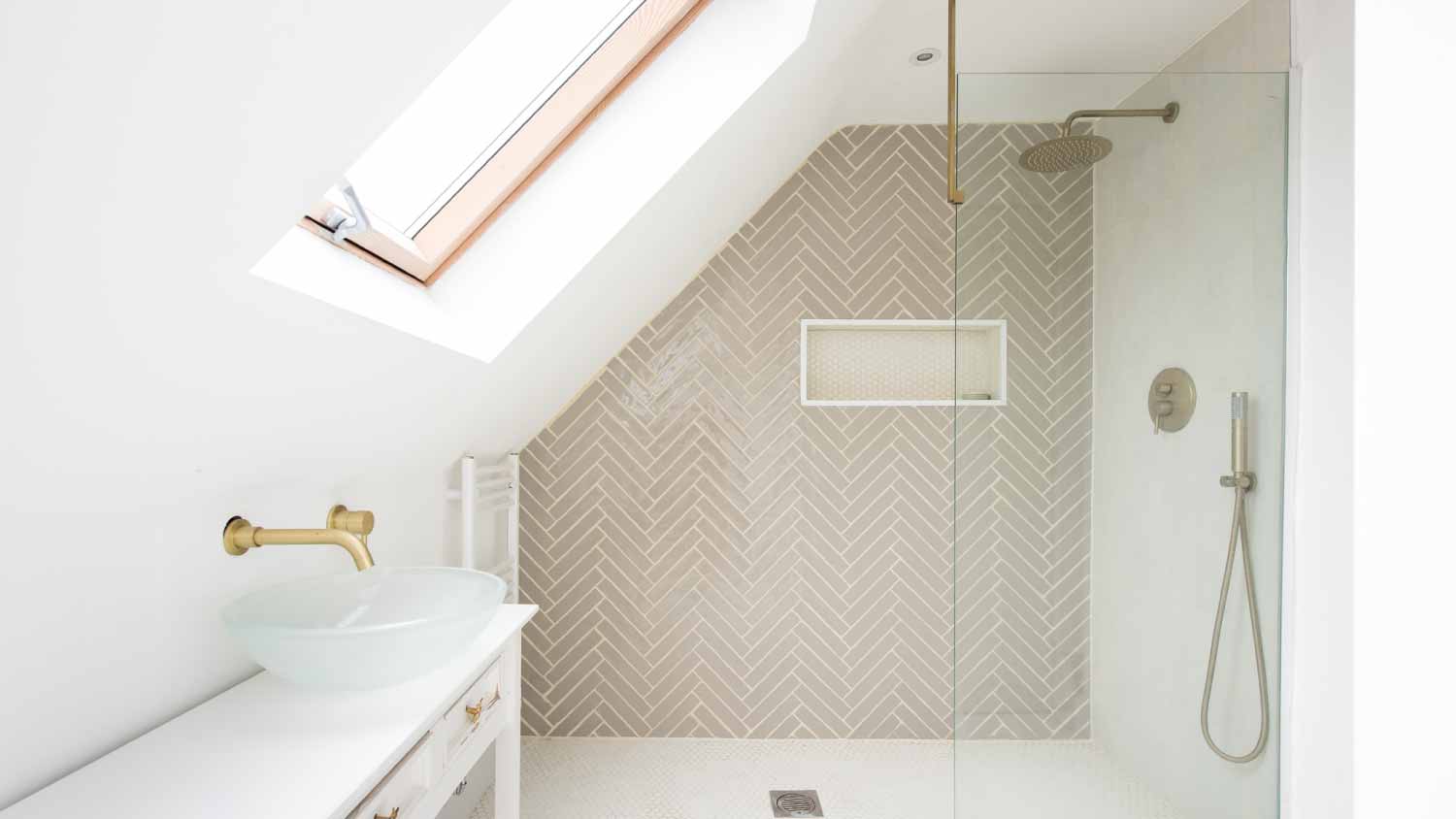

Drywall doesn’t attach well to tile, and there’s an issue of moisture if you do try it.
Other ways to update tile include skim coating, painting, and applying beadboard.
Decals and paint stencils are DIY-friendly ways of updating tile.
Removing tile from a wall can easily turn into a messy, time-consuming project. Can you drywall over the tile and just be done with it? You could, but should you? That’s the more important question, and in this case, the answer is no. But before you take out your frustrations with a sledgehammer on that tile, keep scrolling to learn more about why this is indeed the best way to go.
Why Is It So Bad to Drywall Over Tile?
Cutting corners on any project is rarely a good idea in home improvement, as it more often leads to bigger (and more expensive) problems down the road. But if you’re still wondering whether it’s possible to get away with drywalling over tile, consider these issues that will likely crop up:
Problems with adhesion: Unlike a laminate floor which can “float” over an existing floor, drywall must adhere to the wall. It’s hard to do that with drywall and smooth tile, so there’s a risk of the wall detaching.
Potential for moisture: If moisture gets stuck between the tile and drywall—which can easily happen in a high-moisture area like a bathroom or kitchen—it can lead to mold growth and structural damage. It might be possible to install a moisture barrier, but again, the problem is connecting it to the tile.
Uneven finish: Grout lines and tile irregularities can’t hide even when covered in drywall, and the uneven finish will be noticeable.
Other Ways to Refresh a Tile Wall
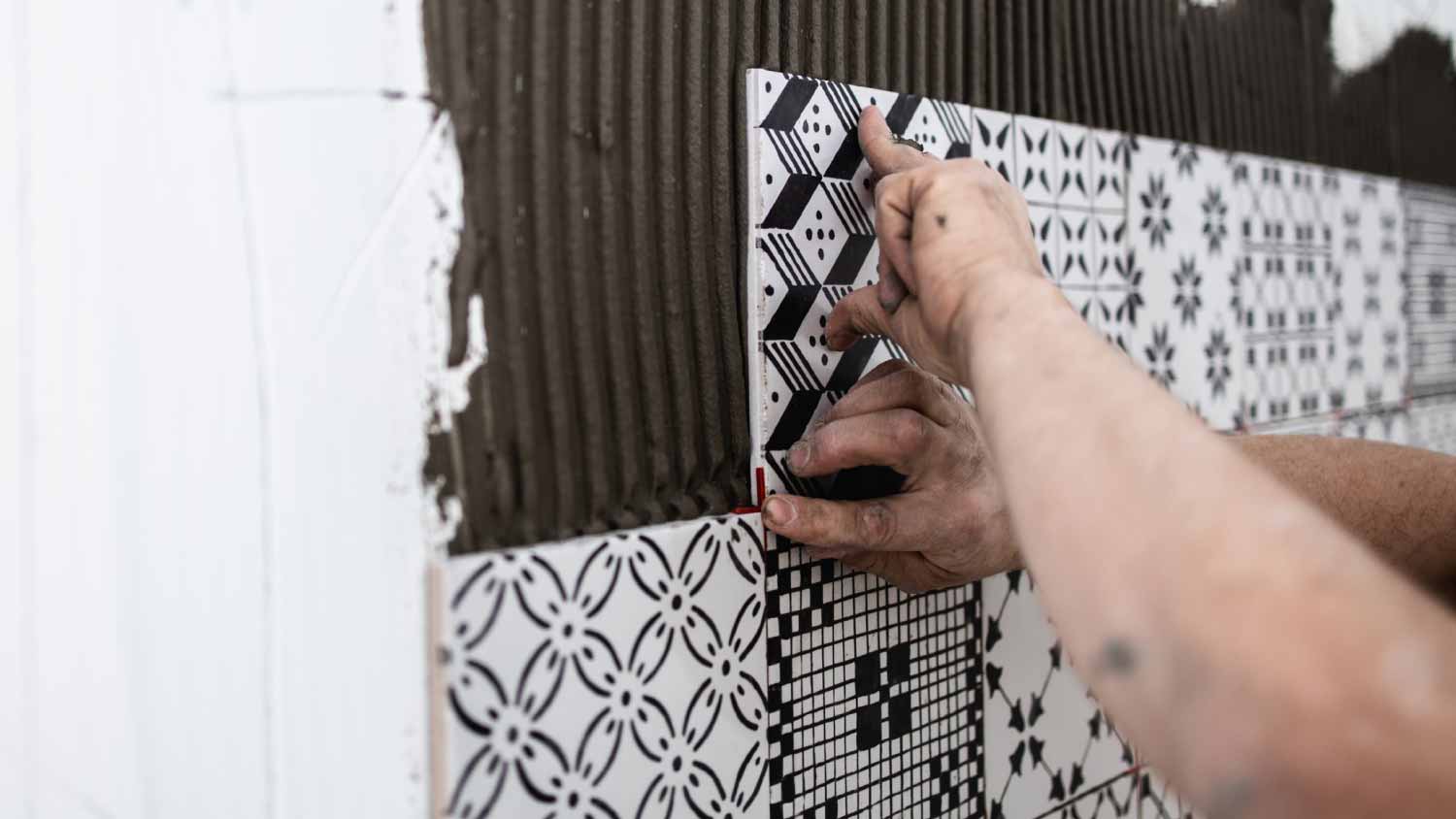
Now that you know why it’s not a good strategy to install drywall over tile, it’s time to consider how to refresh those tiles without having to remove them.
Install tile over tile: Assuming the existing tile was installed properly and is still in decent condition, you can install new tile right on the old tile.
Apply a skim coat: If your tile needs a facelift, you might consider skim coating it. A skim coat is a thin layer of drywall joint compound, affectionately known as “mud,” that goes right over the tiles to smooth out the surface, making them look new(er).
Paint the tiles: Paint won’t adhere to a shiny surface, so after sanding down the tiles a bit and applying primer or a skim coat, you could paint over the tiles. If you don’t want to change the entire color of the tile, just give it an accent with a stencil. You’ll still need to sand and prep the tiles, but spray paint makes it easier to create stenciled designs on the tile.
Install beadboard: Beadboard panels adhere well to tile, provided the tile is in good condition and the adhesive is strong.
Tile decals: This rental-friendly accent is easy to apply and remove, so it’s a good option for DIYers on a budget.
These are the most effective alternatives to refreshing a tile wall without demolishing it. However, if your tile isn’t in good condition and removing it is the only option, then you might once again consider drywall. Don’t feel like doing the demolition yourself? Hire an experienced local drywall installer to do the entire job for you.
Frequently Asked Questions
Yes, provided you aren’t installing drywall over it. But you can skim coat it, apply new tile right on top, paint it, or stencil it. For more budget- and DIY-friendly options, you can install beadboard or apply decals. Just make sure that the current tiles are in good condition and prepped well for the paint or adhesive to stick.
Here’s another instance of where the answer is you could, but that doesn’t mean you should. Yes, part of the issue is getting the drywall to stay in place on the tiles, and it’s understandable that screws will crack the tiles and cause them to crumble. That’s why it’s a much better idea to screw drywall into studs, not your porcelain or ceramic tile. But aside from issues with attaching the drywall, it’s also about ensuring a smooth application without trapping moisture inside.
